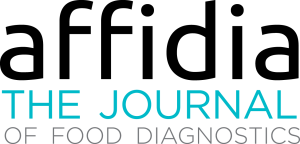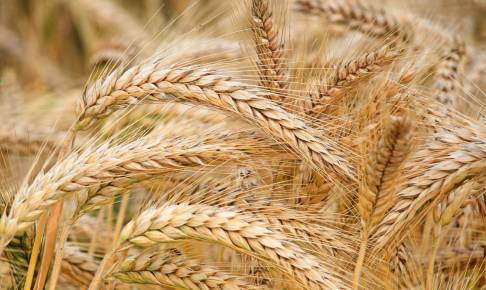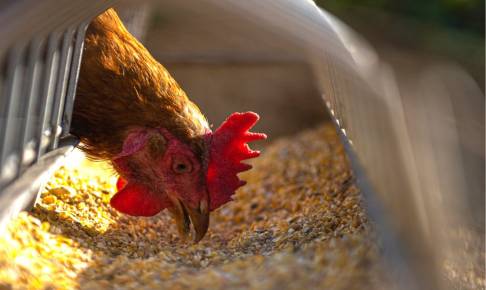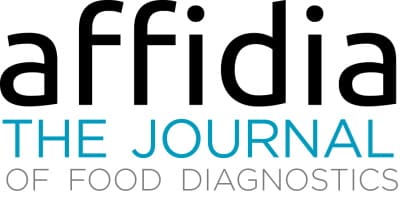Mycotoxins in Brazil: scenario overview and regulatory challenges
Brazil is one of the largest food producers and exporters in the world. It is the fourth-largest grain producer and the second-largest grain exporter, accounting for about 19% of the international market (EMBRAPA 2021).
Brazil has leveraged its climate diversity of equatorial, tropical, subtropical, temperate, and semiarid regions to become one of the largest producers and exporters of coffee, sugar, orange juice, soybeans, cotton, maize, and fruit (PWC 2013; Adami 2021). However, just as climate diversity favours agricultural production, it also favours fungal growth and mycotoxin contamination. Climatic factors together with poor farming, harvest, and storage conditions increase the risk of and exposure to mycotoxins in food and feed.
In recent decades, the levels of mycotoxin contamination in foodstuff produced in Brazil have been investigated, but continuing monitoring remains a challenge. The secondary metabolites frequently detected in Brazil includes fumonisins (FUM B1, B2), aflatoxins (AFs B1, B2, G1, G2), zearalenone (ZEA), deoxynivalenol (DON), ochratoxin A (OTA), cyclopiazonic acid (CPA), nivalenol (NIV), HT-2 Toxin (HT-2), and T-2 Toxin (T-2) (Dvorska 2020).
Analytical methods used in the detection of mycotoxins in feed and food, such as liquid chromatography coupled to mass spectrometry (LC-MS/MS) and enzyme-linked immunosorbent assays (ELISA) (Shanakhat et al. 2018), are often essential for monitoring the presence of mycotoxins in the food chain. However, it is difficult to obtain a realistic overview of mycotoxin contamination in every harvest in every region when such techniques are not widely accessible to farmers or small companies.
New rapid approaches such as near-infrared spectroscopy (NIR) are being assessed in Brazil to help monitor for mycotoxins.New rapid approaches such as near-infrared spectroscopy (NIR) are being assessed in Brazil to help monitor for mycotoxins. If successful, they may represent a quick, non-destructive approach. A NIR study of more than 3 000 maize samples from Brazilian states throughout 2019 indicated high fumonisin prevalence (98.2%), followed by AFB1 (20.3%), DON (9.6%) and ZEN (5.9%) (Mallmann et al. 2020). Similarly, in 2020, a study of more than 1 000 maize samples from both harvest seasons found that 80% of the samples were contaminated with FUM B1 (Dvorska 2020). While concentrations were relatively low (1.275 μg/kg), they still represent a risk if used for animal feed (swine and equine).
In addition to the problem of mycotoxin prevalence in domestic maize in Brazil, Brazilian exports to the European Union such as coffee and cocoa (ochratoxin A) and nuts and peanuts (aflatoxins) have faced rejections due to mycotoxin contamination. Reducing mycotoxins in Brazil became an economic priority as well as a food safety concern (Taniwaki et al. 2019).
[...] exports to the European Union such as coffee and cocoa and nuts and peanuts have faced rejections due to mycotoxin contamination.Brazil has been a significant coffee exporter for over 150 years. It supplied close to 80% of the world’s coffee in the 1920s, though that figure has fallen as other countries have increased production, and it now pro
Download content now





















